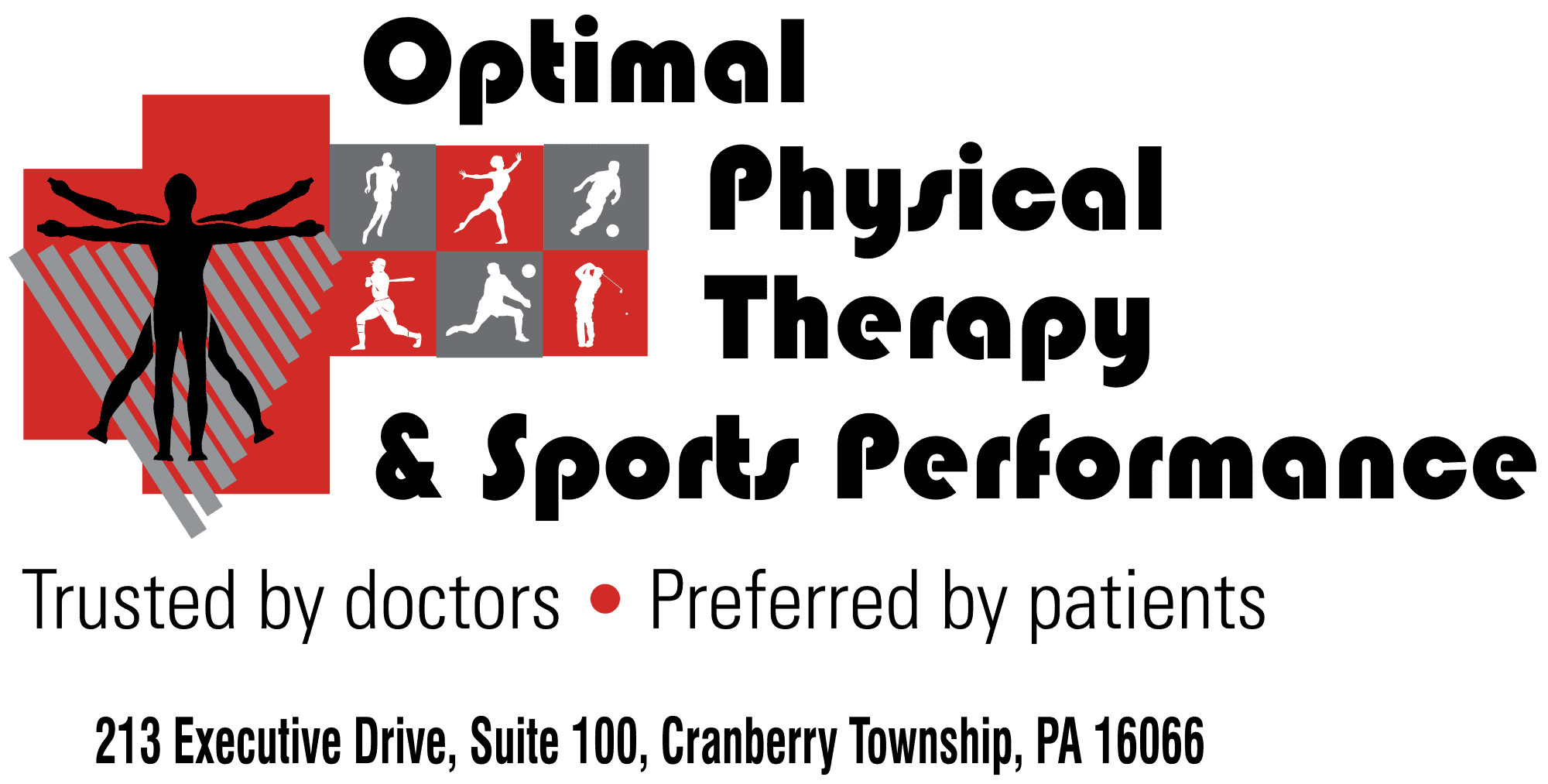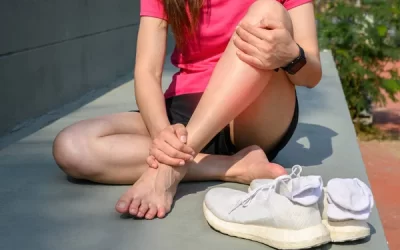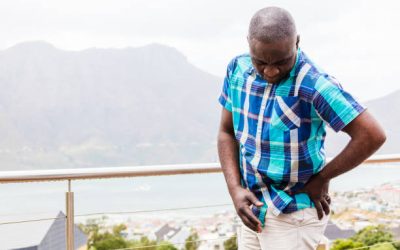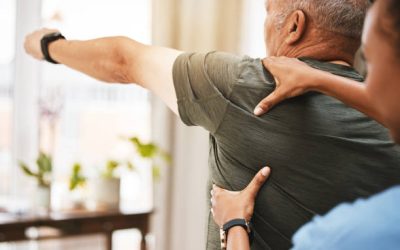It is estimated that ten million Americans have osteoporosis. Twenty percent of that number are men affected by the disease. Unfortunately, a high percentage of American men think of the disease as only a concern for women and they also fail to realize medical history and lifestyle habits that can put them at an increased risk. Osteoporosis is often called a “silent disease” and it progresses quietly without any symptoms until a fracture occurs. This condition is characterized by low bone mass and bone tissue weakening which proceeds to a point where the bone becomes so weak that a minor fall, or even a sneeze or bumping into something produces a fracture. The most frequent vulnerable parts of the skeletal system includes the spine, hip and wrists. As they age, men need to consider if they are among the twenty percent at risk.
Men have an advantage over women for this condition because the male skeleton is generally bigger is size and will provide them with a larger bone mass density compared to most of their female counterparts. Bone mass peaks by the third decade of life. Aging, however, allows time to catch up to men and from this point on, skeletal bone is on the decline. Another advantage that men have is that they will not undergo a quick loss of bone mass that happens to women after menopause. By the sixth or seventh decade, however, both men and women will experience decreasing bone mass at the same pace. This time of life also intersects with a decline in ability to absorb calcium which is a necessary nutrient for bone health.
Primary osteoporosis is also called “senile osteoporosis” and is due to bone loss as a result of aging. Secondary osteoporosis, which occurs in the majority of men with the disease, includes at least one secondary cause of the disease. Some of these causes include certain medications, disease or lifestyle choices including abuse of alcohol and smoking. Here is a list of potential contributors to developing osteoporosis as a male: long term use of glucocorticoid/steroid medicines, immunosuppressive drugs, low testosterone levels, excessive alcohol consumption, smoking, COPD, asthma, cystic fibrosis, diseases of the intestinal tract, hyperparathyroid issues, anticonvulsant medications, prolonged immobilization, osteogenesis imperfecta.
The National Osteoporosis Foundation promotes the following steps to prevent osteoporosis: Make sure you getting enough daily calcium and vitamin D in your diet. Vitamin D helps the body to absorb calcium which is then used to reinforce bone structure. Routinely participate in weight bearing and muscle strengthening exercises. Do not sit too much. Move and use your body. Go on a walk. Climb the stairs several times a day in order to keep your legs strong. Stand up during commercials if you are watching TV and do some marching in place or push ups against a available wall. Do not smoke. Do not drink excessive amounts of alcohol. Ask your doctor about a bone density test if you are concerned about your history and lifestyle. If prescribed, take an osteoporosis medication.
Signs that this condition may be affecting you include noting a reduction in your grip strength ability and developing a more stooped forward posture. Physical therapy can be beneficial in helping to address secondary muscle weaknesses and loss of flexibility in certain muscle groups to help improve your posture, core strength and limb strength. Your physical therapist can also help you to learn the best ways of moving if you do know that you have osteoporosis and the activities to avoid if you do receive this diagnosis. For example, golfing and bowling are two sports to be avoided if you have received an osteoporosis diagnosis. These activities tend to be one side dominant and involve movements that place excessive stresses on a weakened spine and hips. Certain weight lifting machines may also need to be modified for you. Physical therapy can also be helpful in reducing pain that may occur as a side effect of a fracture (although many spine fractures are silent and pain free which makes the condition silent and scary) as well as helping you to walk or learn mobility skills for daily living following a spine or hip fracture.
There are many things that can be done if you have received a diagnosis and have not had a fracture. Optimal Physical Therapy and Sports Performance has programming for this unique condition. The more you can learn about it and what you can do, the healthier you will live. Please check out our other blogs featuring osteoporosis to learn more dietary recommendations for everyone at any age. There are other blogs for prevention for women and for children/adolescents as they are growing and developing that ever important initial bone mass density that sets the course for their later years. You do not face osteoporosis alone. Consider letting us help you along this journey and create a plan to help.



